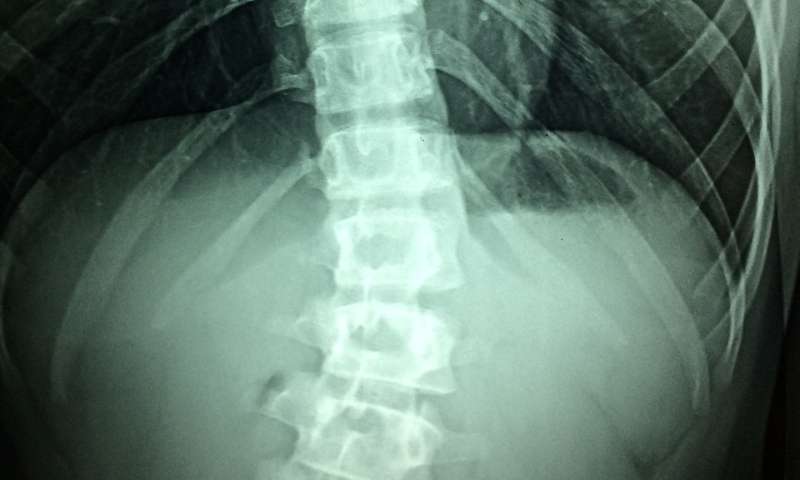Uncovering Hidden Heart Risks in Women with Type 2 Diabetes

Research reveals women with type 2 diabetes are nearly twice as likely as men to develop silent heart damage, emphasizing the need for sex-specific cardiovascular risk assessments and early intervention strategies.
Women living with type 2 diabetes face a greater risk of underlying heart damage that often goes unnoticed. Recent research conducted by the University of Leicester indicates that nearly twice as many women with this condition develop silent microvascular heart issues compared to men. This form of early heart damage, known as coronary microvascular dysfunction (CMD), results from impaired blood flow in the heart's smallest vessels and can occur without any prior symptoms or diagnosis of heart problems.
The study, published in the Journal of Cardiovascular Magnetic Resonance, utilized advanced MRI technology to analyze data from four separate studies. The findings revealed that 46% of women with type 2 diabetes exhibited signs of CMD, whereas only 26% of male participants showed similar indicators. These results highlight a significant sex-specific disparity in cardiovascular risk factors.
NIHR Research Professor Gerry McCann emphasized the importance of these findings, noting that traditional checks may miss early warning signs, especially in women who are asymptomatic. The research uncovered that in women, higher body weight (BMI) was most strongly associated with CMD, whereas in men, elevated blood pressure was the key driver. This distinction suggests a need for tailored risk assessments and sex-specific treatment approaches.
Additionally, this collaboration underscores the value of multidisciplinary efforts among cardiovascular, lifestyle, and diabetes research teams. The findings suggest preventive strategies like weight management for women and blood pressure control for men could significantly reduce the risk of progressing to heart failure, a common complication among people with type 2 diabetes.
In summary, early detection of microvascular heart damage in asymptomatic patients, especially women, could lead to more personalized interventions, potentially preventing serious cardiovascular events in the future.
Stay Updated with Mia's Feed
Get the latest health & wellness insights delivered straight to your inbox.
Related Articles
Reevaluating Spinal Cord Stimulators: High Costs and Limited Effectiveness Raise Concerns
New research questions the cost-effectiveness and safety of spinal cord stimulators for back pain, highlighting the need for alternative therapies. Over 25% of patients require additional surgery due to complications.
The Importance of Evidence-Based Leadership at CDC Following Director's Departure
SHEA underscores the urgent need for steady, evidence-based leadership at the CDC following the director's unexpected resignation, emphasizing the importance of stability for public trust and health protection.
Global Burden of Cardiovascular Diseases Surges, Causing 1 in 3 Deaths in 2023
A new report reveals that cardiovascular diseases caused one in three deaths worldwide in 2023, with modifiable risk factors fueling the ongoing rise in CVD burden across the globe.
Effectiveness of Remote CBT for Chronic Pain Shows Modest Benefits
A recent study reveals that remote cognitive behavioral therapy (CBT) programs provide modest but significant improvements in managing high-impact chronic pain, offering scalable solutions for pain treatment.



